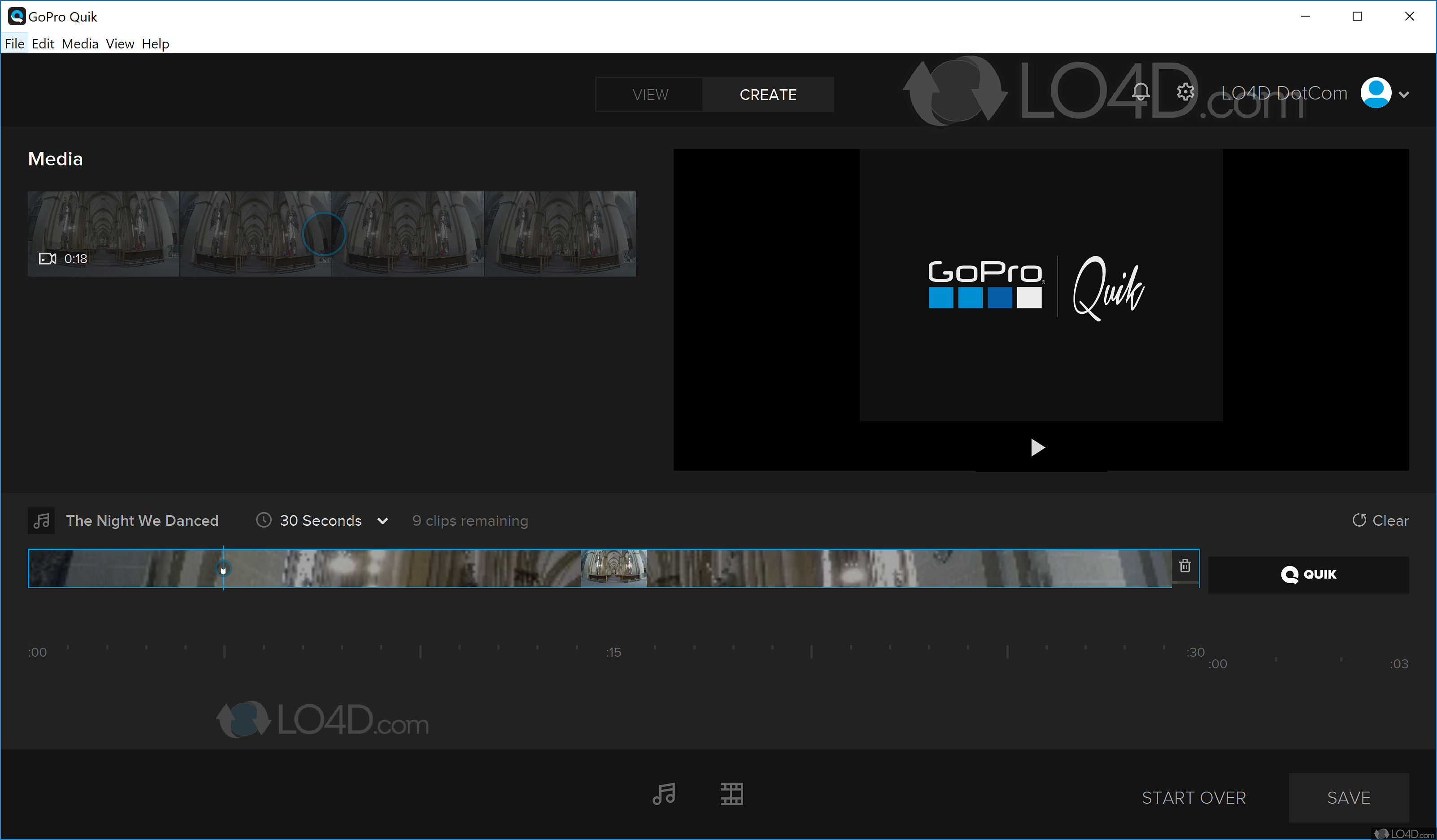
Timelapse Video is pretty self-explanatory however, the workflow for shooting, managing and assembling individual images from a timelapse sequence can get cumbersome rather quick if you don’t have a plan going into it. At 1 second, it will take 24 seconds to capture 1 second of footage. So, at 0.5 second intervals, it will take 12 seconds to capture 1 second of footage. A single second of video is typically 24 frames or 30 frames. When time is of the essence (no pun intended), you also need to consider how much footage you need to capture in the time available. A shorter interval produces a slower sense of movement ( i.e., less motion occurs between each frame), while a longer interval creates a greater sense of speed and covers a greater distance ( i.e., more motion occurs between each frame). The available intervals for the HERO5 and HERO6 are 0.5, 1, 2, 5, 10, 30, and 60 seconds. In order to get the right look and feel for your timelapse, you need to determine the appropriate interval for the sense of time you want to communicate in the assembled video. As you can imagine, this is the simplest way to get started with shooting timelapses on your GoPro. The HERO5 and HERO6 can output up to 4K resolution when using Timelapse Video.

However, if you just want a nice, clean video ready to show with little post production work, using the Timelapse Video feature makes a lot of sense.

If that’s the case, you can shoot still images and edit them after the fact in Lightroom or another photo editing app. If you want to preserve maximum dymanic range or editing control of your photos. There may be good reasons for choosing either method. You can use the Timelapse Video feature and let the camera assemble the video file.You can capture individual sequential image files and assemble the timelapse in post production, or.There are a couple different ways to capture timelapse images with the GoPro HERO5 and HERO6: The built-in LCD is a standard feature now and is even included on the most recent reissue of the basic GoPro HERO. Additionally, I save battery life by being able to leave the WiFi turned off. For one, it’s on the camera and I don’t have to fiddle with connecting my phone wirelessly through the GoPro app. I find the LCD to be critical for my use of setting up a timelapse shoot. Of course, both the HERO5 and HERO6 have a great touchscreen setup with more intuitive control. While I use a GoPro for videos on occasion, I probably get more use out of the built-in timelapse functions – especially since GoPro started building the LCD into the cameras with the HERO4 Silver. On the video side, the HERO6 gives you 4K/60p/50p capture in H.265 (HERO5 offers up to 4K/30p in H.264) and 1080/240p (compared to the HERO5 at 1080/120p).


The HERO6 adds a more capable HDR mode than the HERO5. The devil is in the details though and the HERO6, of course, edges out the spec sheet of the HERO5.īoth cameras feature a 12MP sensor for capturing still images in JPG and RAW formats. While there are many knockoffs in the market, GoPro continues to have a strong brand presence as the premier action cam.įor a quick overview of the similarities and differences, both cameras capture 4K and have nearly identical external construction. The GoPro HERO5 and HERO6 are the current flagship action cameras in the market.


 0 kommentar(er)
0 kommentar(er)
